In today’s competitive eCommerce landscape, businesses are constantly looking for ways to enhance conversions and drive sales. While many strategies focus on improving user experience, optimizing checkout processes, and refining marketing campaigns, the real game-changer lies in data. eCommerce analytics unlocks insights that can empower businesses to make data-driven decisions, ultimately boosting conversions and sales.
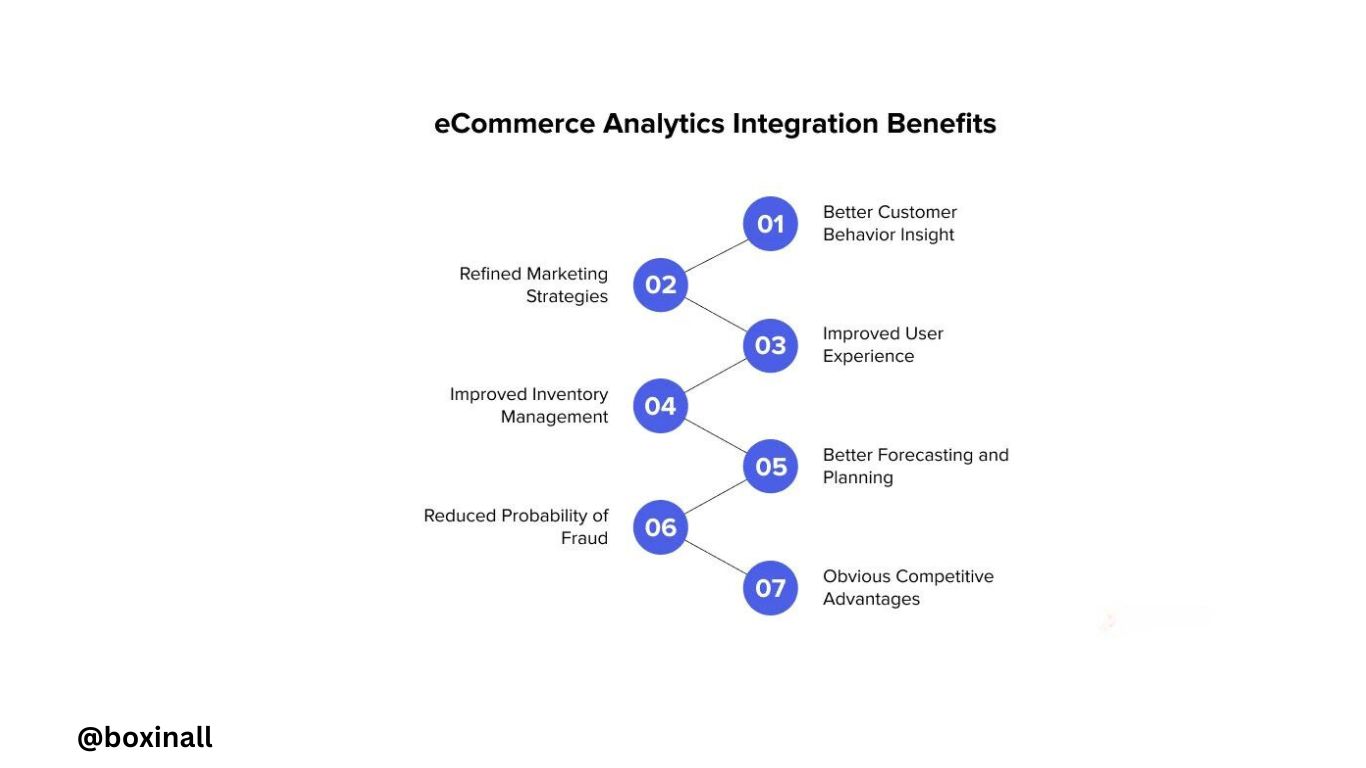
Understanding eCommerce Analytics
eCommerce analytics involves collecting, analyzing, and interpreting vast amounts of data generated by your online store. This includes everything from website traffic and user behavior to transaction data and customer feedback. With the right analytics tools, businesses can dive deep into metrics like conversion rates, cart abandonment, customer lifetime value (CLV), and more. By turning raw data into actionable insights, companies can tailor their strategies to target the right audience, optimize their website, and enhance their overall customer experience.
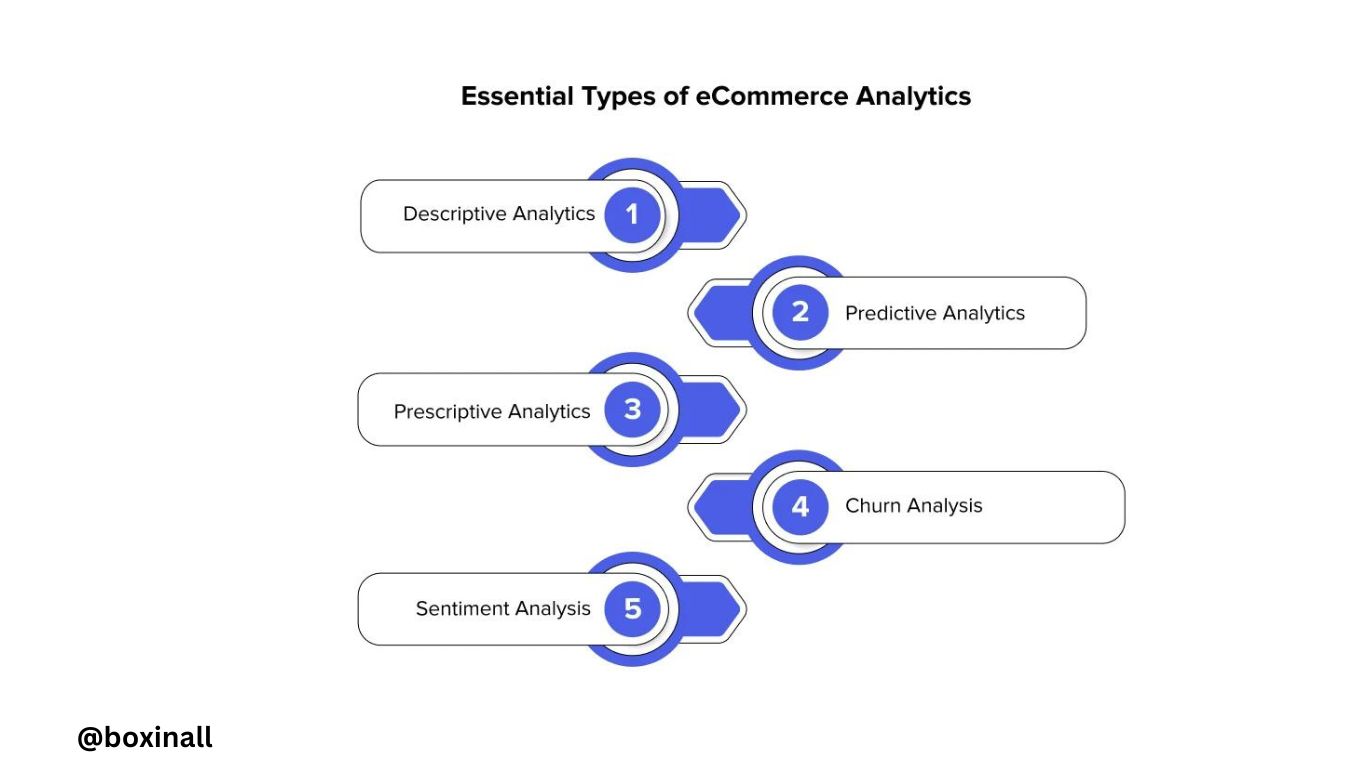
Key Metrics for Conversions and Sales
When diving into eCommerce analytics, understanding the most critical metrics is essential. Here’s a look at a few of the top indicators that can help boost sales:
- Conversion Rate: This metric shows the percentage of visitors who complete a desired action, such as making a purchase. Analyzing your conversion rate allows you to identify what’s working and where you need to improve.
- Cart Abandonment Rate: A high cart abandonment rate is a significant pain point for many eCommerce businesses. By tracking this metric, you can spot hurdles in your checkout process and streamline it to reduce drop-offs.
- Customer Lifetime Value (CLV): CLV helps businesses understand the long-term value of a customer. By increasing CLV through personalized marketing and loyalty programs, businesses can drive more repeat purchases and maximize revenue.
- Customer Acquisition Cost (CAC): This metric measures the cost of acquiring a new customer. Reducing CAC while maintaining or increasing CLV can significantly boost profitability.
- Average Order Value (AOV): AOV tracks the average dollar amount spent each time a customer makes a purchase. Optimizing cross-sell and upsell strategies can help increase AOV and overall sales.
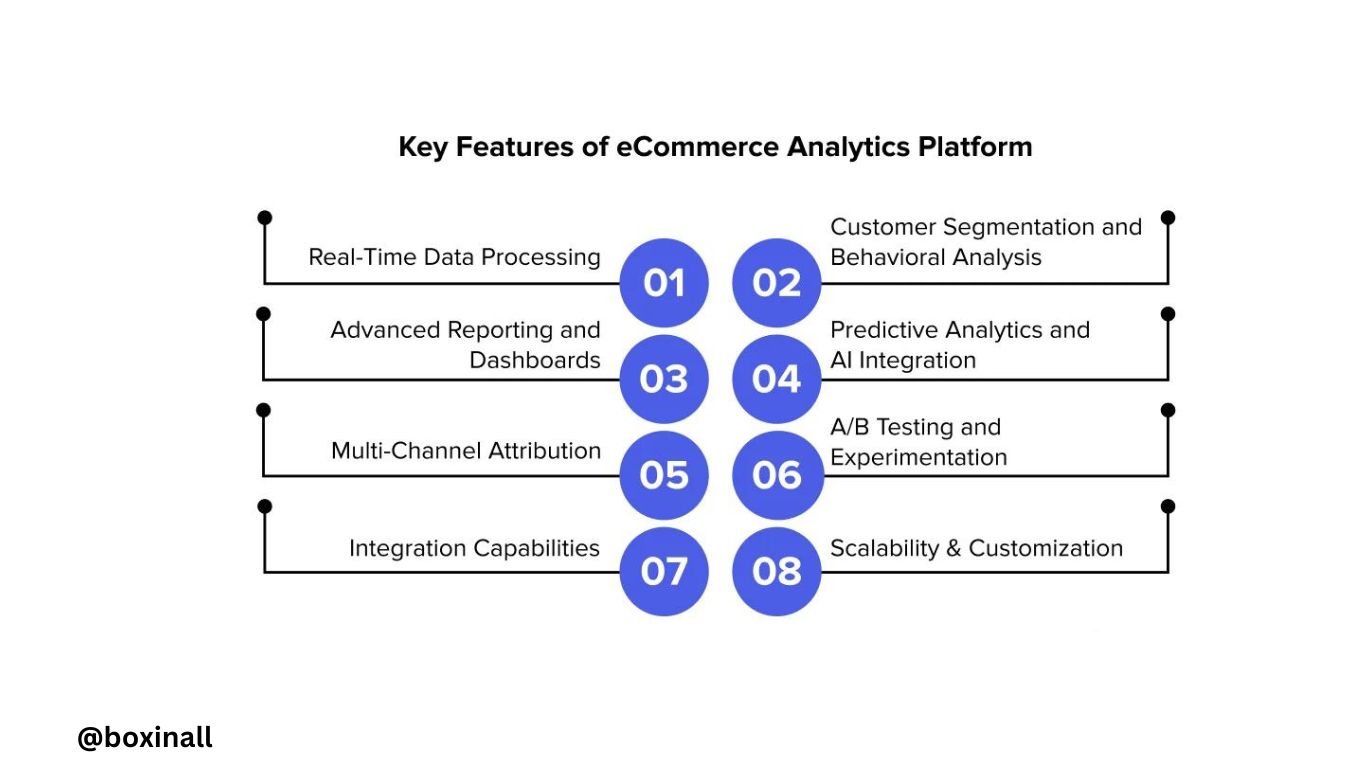
How eCommerce Analytics Boosts Conversions
- Personalization and Customer Segmentation
eCommerce analytics helps you understand your customers better by breaking them down into segments based on demographics, behavior, and purchasing history. By delivering personalized experiences through targeted email campaigns, product recommendations, and tailored content, you can engage customers more effectively and drive higher conversions. - Optimizing the Customer Journey
Analyzing customer behavior helps identify pain points in the buying journey. Whether it’s improving site navigation, simplifying the checkout process, or providing more payment options, analytics reveal exactly where customers are dropping off and what you can do to address those issues. - Dynamic Pricing Strategies
Data-driven pricing strategies help businesses stay competitive without sacrificing margins. By analyzing factors such as demand, competitor pricing, and customer willingness to pay, you can implement dynamic pricing models that maximize profitability. - A/B Testing for Continuous Improvement
eCommerce analytics enables A/B testing of various website elements, such as call-to-action buttons, landing page designs, and product descriptions. By experimenting with different versions and measuring performance, you can continuously optimize your website to improve conversion rates. - Inventory and Supply Chain Optimization
Understanding sales trends and customer demand helps with inventory management. Analytics can predict which products are likely to sell out and when to restock, reducing excess inventory costs while ensuring high-demand items are always available.
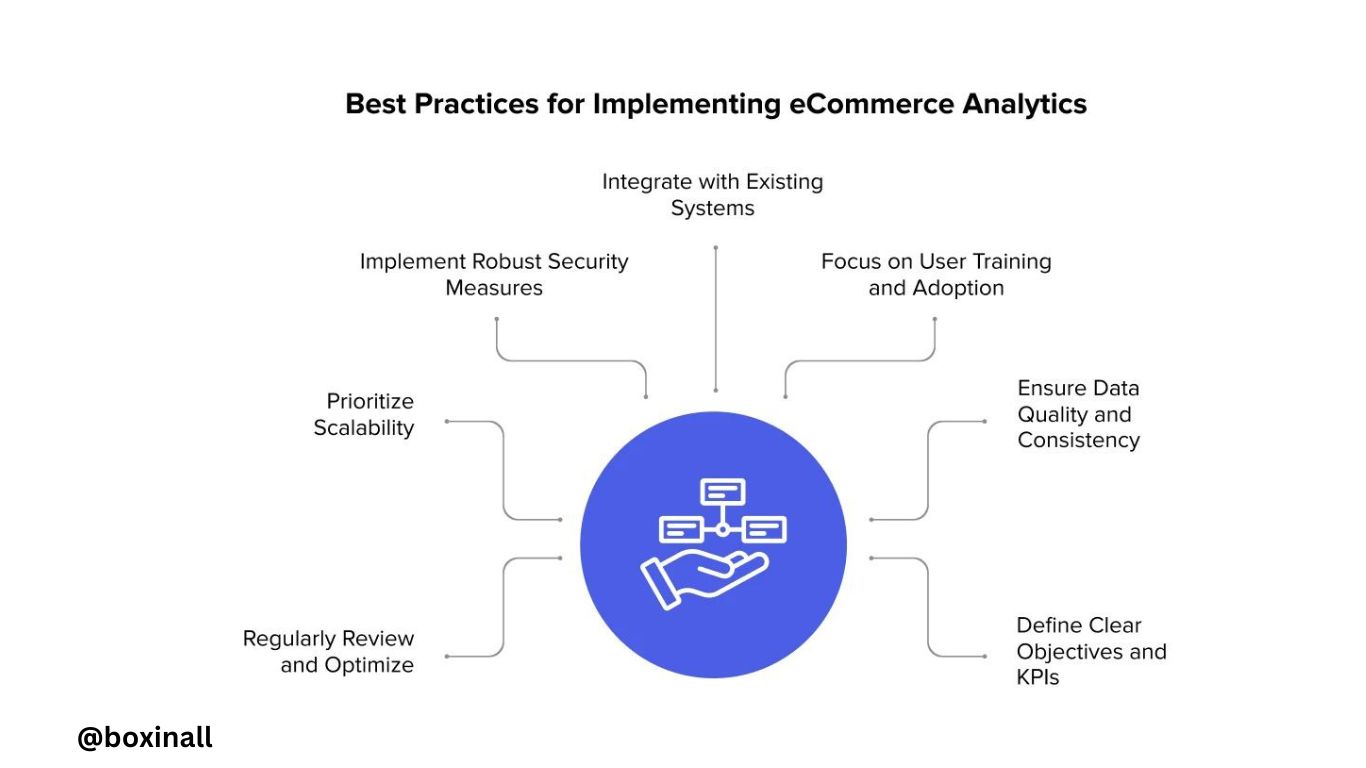
Enhancing Sales with Predictive Analytics
Predictive analytics takes eCommerce analytics a step further by forecasting future trends based on historical data. It can help identify customers most likely to make repeat purchases, predict when they’ll return, and suggest the most effective strategies to re-engage them. Additionally, predictive analytics can guide inventory decisions, marketing spend, and even product development.
Implementing eCommerce Analytics Tools
There are various analytics tools available, from free options like Google Analytics to comprehensive platforms like Adobe Analytics, that offer advanced insights tailored to eCommerce businesses. Integrating these tools with your online store ensures you capture the right data and turn it into meaningful insights.
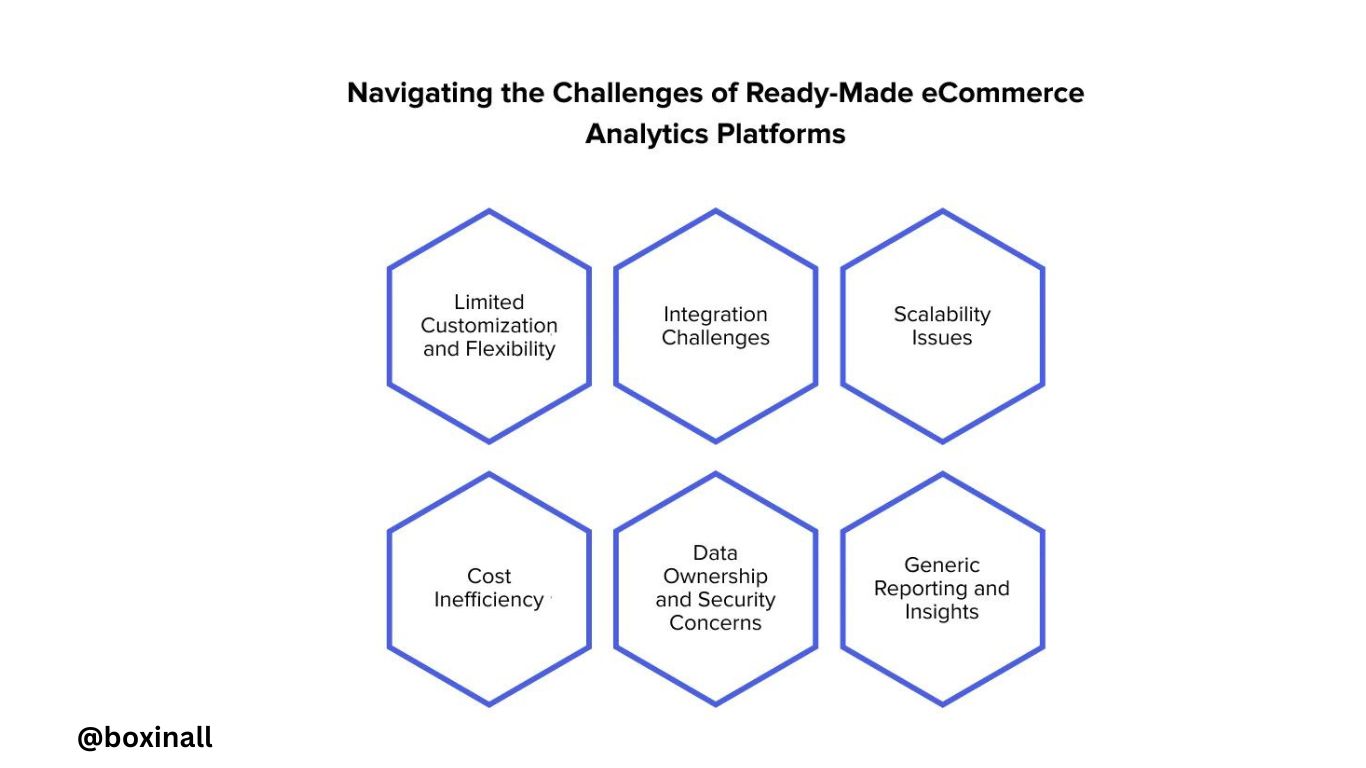
Conclusion
eCommerce analytics is the backbone of a successful online store. By leveraging the power of data, businesses can unlock key insights into customer behavior, optimize their sales funnel, and drive growth through informed decisions. Whether you’re focusing on boosting conversions, enhancing customer retention, or increasing average order value, embracing a data-driven approach will help you stay ahead in the competitive eCommerce landscape. In a world driven by information, those who harness the power of data will always have the edge.



